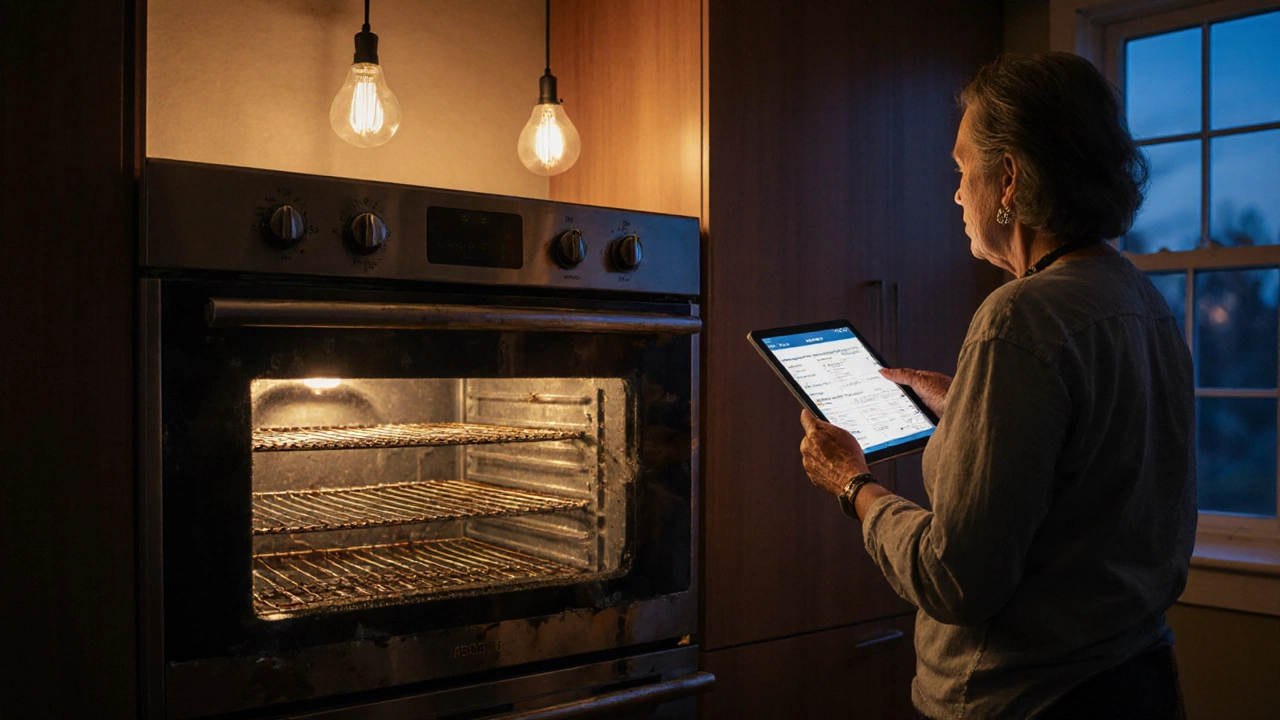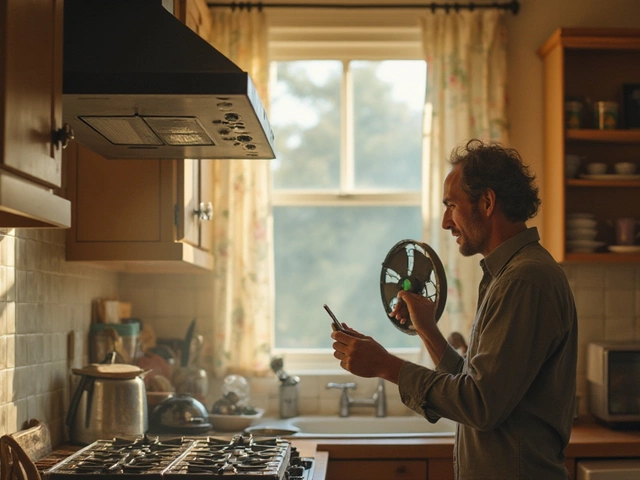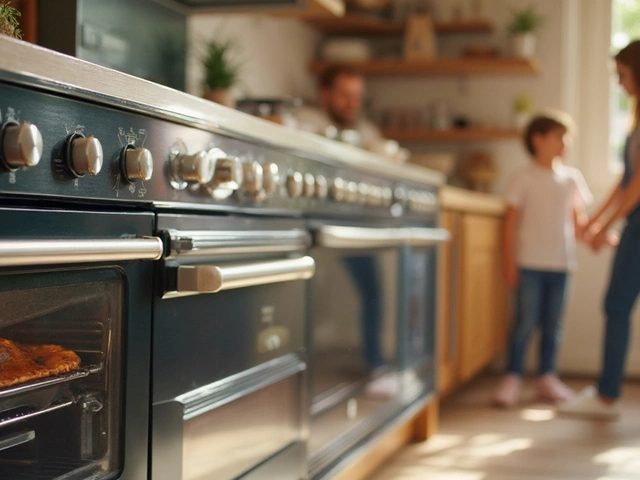When dealing with repair a 15 year old oven, the process of fixing an older cooking unit that has seen many meals and many breakdowns. Also known as old oven repair, it usually involves checking key components that wear out over time. The most common culprits are the oven element, the heating coil that turns electricity into heat and the oven igniter, the spark device that lights a gas oven. Understanding how these parts fail helps you decide if the job is worth the price.
The first thing to ask yourself is the appliance lifespan, the typical number of years a kitchen appliance remains functional before major parts need replacement. Most ovens are built for 10‑15 years, so reaching the 15‑year mark often means you’ll see multiple failed components. A worn-out element or a faulty igniter can push repair costs up, and sometimes the price of a single part approaches the cost of a new, more efficient model. repair a 15 year old oven only makes sense if the total bill stays well below buying a replacement.
Another factor is energy efficiency. Modern ovens use less electricity or gas, and they often come with smart controls that prevent overheating. If your old unit consumes a lot of power, the savings from a new model can offset the upfront cost in a few years. Look at the energy rating label – a low‑efficiency oven will cost you more to run, making repair less attractive.
Finally, consider safety. A cracked oven door, a leaking gas line, or a failing thermostat can create hazards. Even if the repair price seems reasonable, a safety‑related fault might be better solved with a fresh appliance that meets current regulations. Checking for error codes, strange smells, or uneven heating will give you clues about how serious the issue really is.
Below you’ll find a curated set of guides that walk through diagnosing common faults, estimating part costs, and weighing repair versus replacement. Whether you’re a DIY enthusiast or someone who prefers a professional call‑out, the articles cover everything from testing a broken element to budgeting for a brand‑new oven. Dive in to get practical steps, cost breakdowns, and expert advice that will help you make the right call for your kitchen.

Find out when fixing a 15‑year‑old oven makes sense, compare repair costs with buying new, and learn safety, energy and environmental factors to help you decide.

Explore the practical steps in diagnosing and fixing common issues with kitchen extractor fans. Learn about the signs your fan might need repair, and gather essential maintenance tips to extend its life. Whether you're a DIY enthusiast or considering professional help, this guide provides valuable insights for restoring your kitchen ventilation system to optimal performance. Discover how regular upkeep can prevent costly replacements.

If you’re shopping for a new electric oven or worried about breakdowns, brand reliability matters big time. This article looks at which appliance brands have the fewest reported repairs, backed by recent repair data and real user experiences. You’ll see how different brands compare, which models tend to last, and when it makes sense to spend a little more upfront. Plus, you’ll pick up tips to keep your oven running smoothly, no matter which badge it wears. Everything’s packed in with real talk—no fluff to wade through.

Figuring out if your microwave is on its last legs can save you a lot of hassle. There are various signs that might indicate it's time for a fix or a replacement. Understanding these symptoms can help maintain your kitchen's efficiency. Here’s what you need to watch for: strange noises, inconsistent heating, and more. Catch these early, and you might avoid a total breakdown.

Discover if electric hobs can be fixed, cost breakdowns, DIY steps, safety tips, and when to replace. A practical guide for UK homeowners.

Discover the workings of a hob, a crucial kitchen fixture that often gets overlooked until it malfunctions. Learn the common issues that can affect its performance and get handy tips on basic repairs and maintenance. Whether you're dealing with burner problems or electrical faults, this guide provides practical advice to keep your hob in top shape. Understand the typical lifespan of these appliances and how to extend it through regular care.